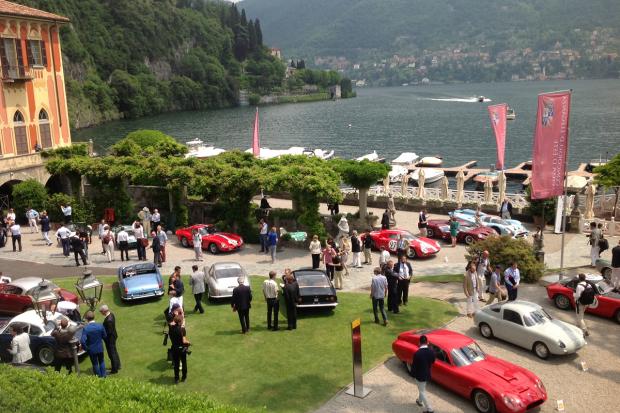
A super-elegant 1933 Alfa Romeo 6C 1750 stole the hearts of the judges and public to sweep the board at the Villa d’Este Concours.
The 6C 1750 Gran Sport won both public votes, was the judges’ overall favourite and also picked up a class award at the glamorous Italian event last weekend.
It doubtless owes its victories to a fantastically rare body that was crafted by Italian-born coachbuilder Figoni – the man made famous by his extravagant creations on Bugatti, Duesenberg and Delage chassis. This example won its class at the Le Mans 24 Hours in 1935 wearing an open body.

Californian collector Peter Mullin’s stunning Chapron-bodied Delahaye 145 Coupé won Class B – Interpretations of Elegance. It remained in Europe after appearing at Rétromobile and will also be seen at the Windsor Castle Concours in September.

One of our favourite cars was the one-off 2.8-litre V6 Lancia Flaminia Coupé (above) created by Tom Tjaarda, which made its entry on to the world stage at the 1963 Turin Motor Show. Battista Pininfarina used the car from 1965-’72 and it currently resides in Italy showing fewer than 20,000km.

An OSCA Fratelli Maserati SP 1600 (below) – the brand name used by the Maserati brothers for their race cars – was another highlight. Featuring a one-off coupé body a 1.6-litre four-cylinder engine, double-overhead cams, a spaceframe chassis and independent suspension, it is now owned by the son of Ernesto Maserati, Alfieri.

Special prize was awarded to the aluminium-bodied Avions Voisin C25 for the best-preserved pre-war car, while a 1969 Porsche 917/K – chassis number 013/034 owned by Mark Finburgh – won best-preserved post-war car.

Meanwhile a 1954 Ferrari 250 – owned by Heinrich Kämper – won best interior. Designated Europa on account of its lower 220hp European tune, the coupé features a 3-litre short-stroke engine designed by Gioacchino Colombo.

